Box, Contents & Bundle
The large box offers good protection to the neatly arranged internals. On its front face, there is a reference to the legendary NH-D14, which set the foundations for high-end air coolers. On the other sides of the box you will find more information about the product’s features and technical specifications.
The bundle includes the following:
- 2x NF-A15 PWM premium fan
- 2x NA-RC7 Low-Noise Adaptor (L.N.A)
- NA-YC1 4-pin PWM splitter cable
- NT-H1 high-grade thermal compound
- SecuFirm2™ mounting kit
- NM-SMT2 screwdriver
- Noctua metal case-badge
These photos of the cooler without the fans show more details of its heat sink and fins. The cooler follows the classic single-tower design, so you should not expect the same performance as the notably larger dual-tower designs. The heat sink has many fins, and according to Scythe, there is a 45% increase in fin count compared to the previous model, I presume.
The cooler comes in the box with the middle fan pre-installed. You have to install the other fan by yourself, which is not a hard procedure. The cooler closely follows the dual-tower design, which is symmetrical in this case, making the RAM compatibility harder. From a top view, we see the ends of the six heatpipes and the top sides of the towers, with Noctua’s logo printed on them.
Compared to the D14, the heatpipes are installed further apart, which the broader fin stack allows. According to Noctua, this allows for a more uniform heat distribution over a larger area, thus boosting performance.
Six thick heatpipes run through the base, covering all of its available area. The spring-loaded screws of the mounting mechanism are permanently attached, making the installation process easier.
The fans contact the cooler’s body through elastic bumpers, which filter out vibrations, lowering noise output.
This is the typical Noctua NF-A15 PWM fan, which I plan to evaluate in the following days and compare with the fans that the NH-D15 G2 is equipped with. This is a low-speed fan with ultra-reliable Noctua SSO2 bearings, which keep noise output low at low speeds. The fan has seven blades, offering a quieter operation than lower blade-count fans but requiring more energy. Of course, the blade pitch and angle affect the fan’s performance and energy consumption.

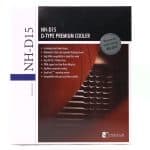

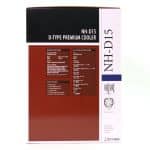
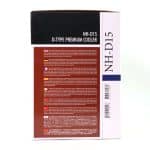
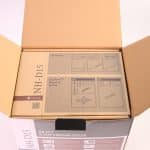

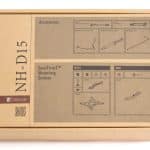

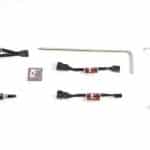
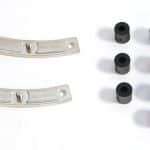

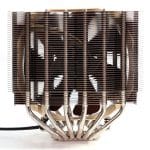
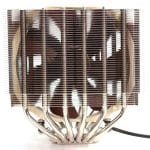
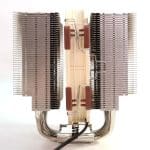
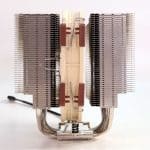

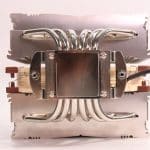
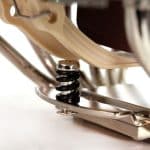
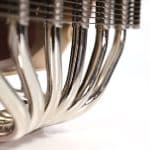
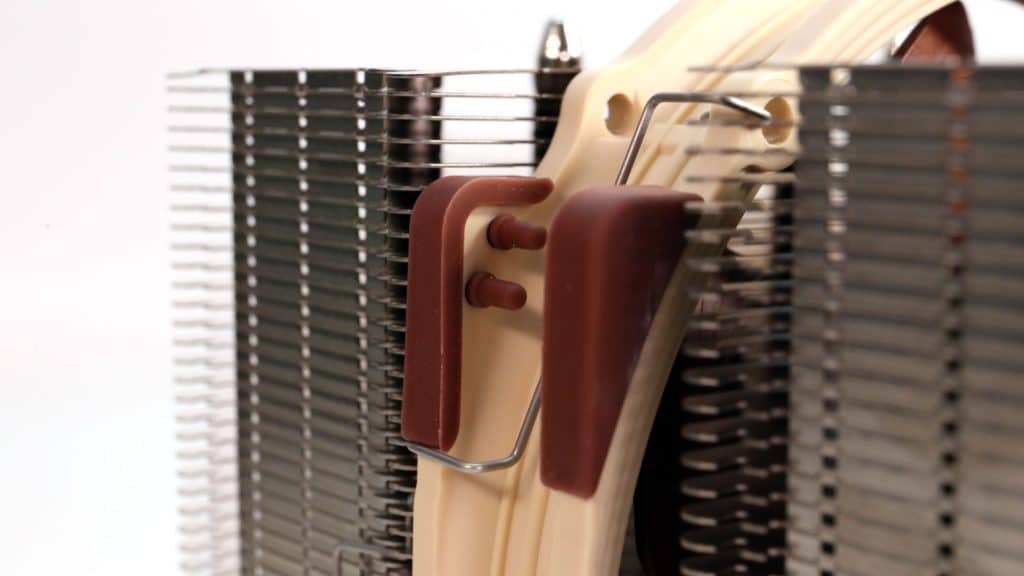



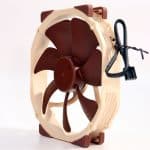
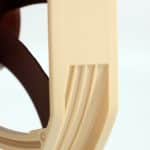
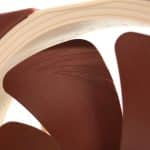
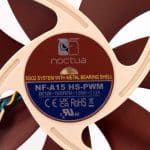
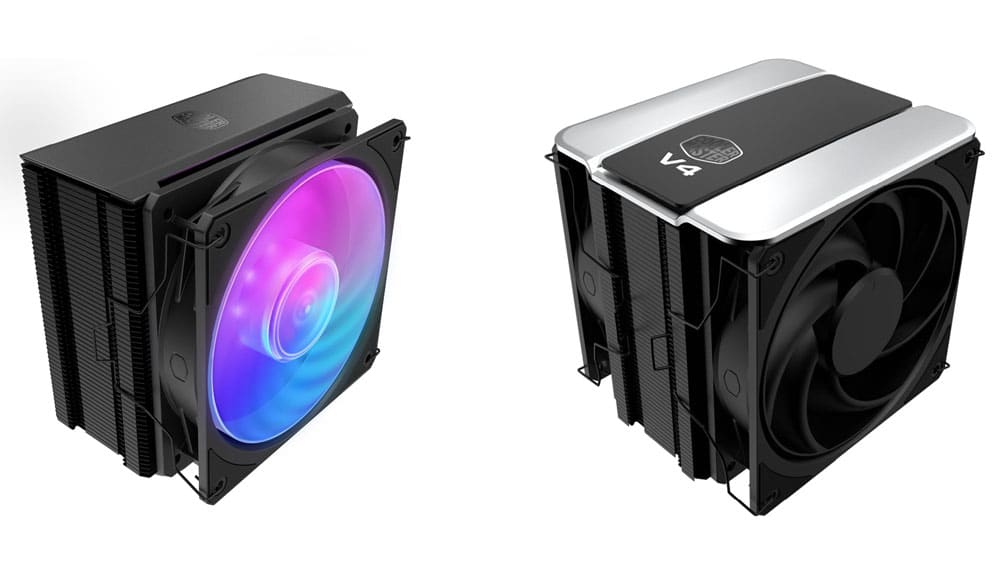

I had an AIO cooler for my 10th gen I9 and it would hit 100⁰c after just a couple of hours of gaming. I put in the NH-D15 and it hasn’t been above 80⁰ since. I would still highly recommend the NH-D15 and my next computer I will probably try the NH-D15 gen2.